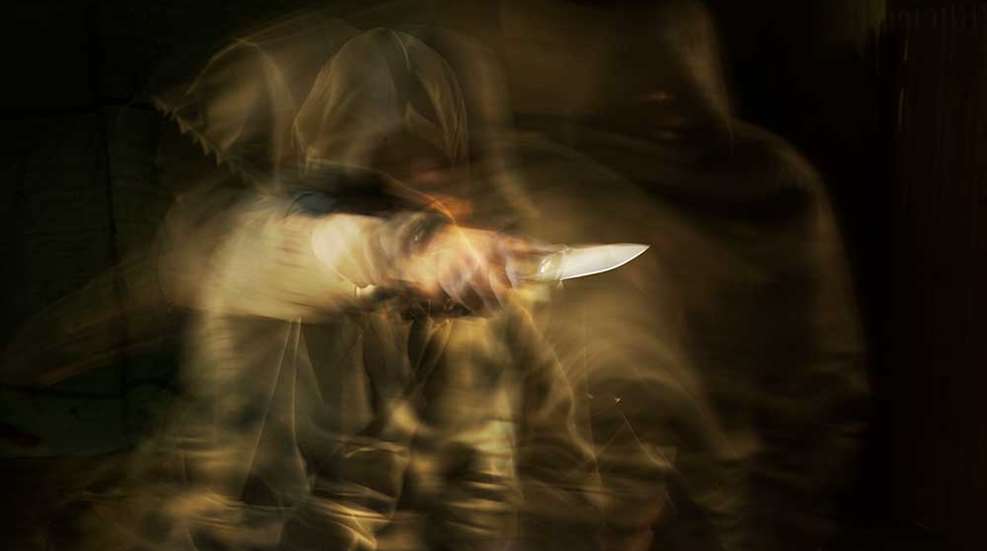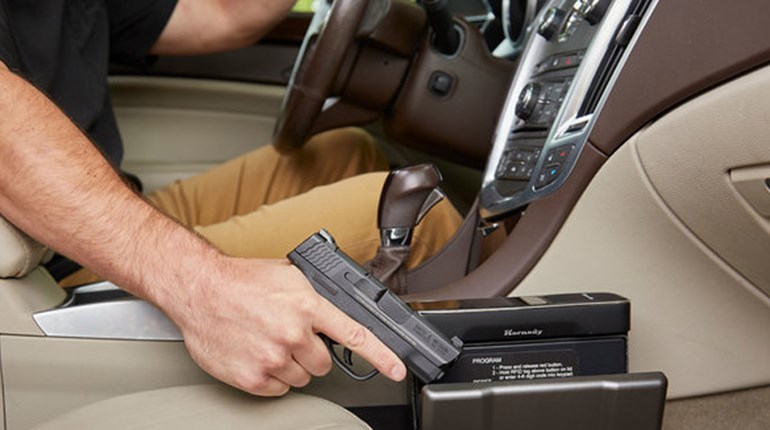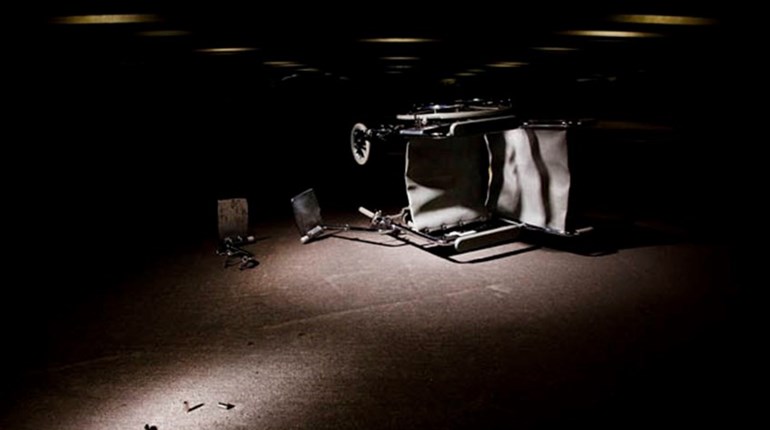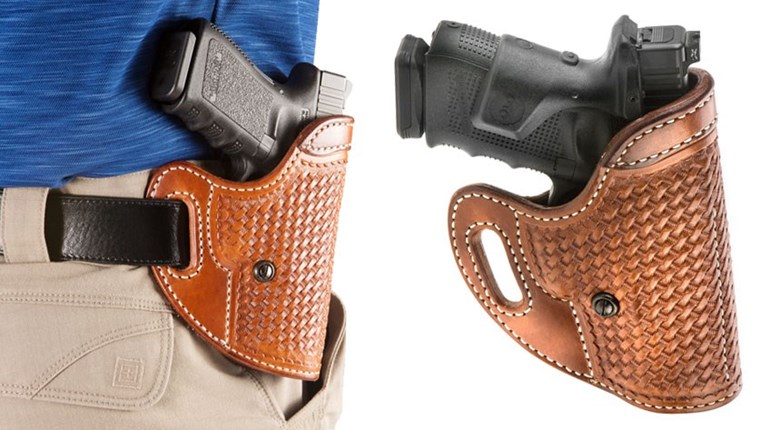
As a defensive-tactics instructor, my contracts range from NAVSOC (Naval Special Operations Command) to NSA (National Security Agency) to FBI and pretty much any other three-letter agency you can think of. Part of my responsibilities include T3 (train-the-trainer) objectives or teaching professional instructors how to teach various skills. Since personal-defense techniques have roots stemming from a limitless array of disciplines, I am often asked such questions as “Aside from a firearm, what specific disciplines (Krav Maga, Brazilian Jiu-jitsu, etc.,) are best for learning self-defense? Is there a specific school or system that is most conducive to learning empty hands, impact or edged weapons and the like? Straight up, what’s the best self-defense/martial-arts system out there?”
The most immediate answer is a Socratic one and is like asking, “What’s the best gun out there?” You can’t choose a gun that is best for you if you can’t answer the question “What will the gun be used for?” Do you plan on hitting long-range targets? Do you plan on carrying it concealed? It’s VERY difficult to carry a full-sized rifle or shotgun concealed. If concealability and comfort is your goal, then a pistol may be the best fit.
If you choose a pistol, then which one? A 1911-style gun? Striker-fired? Revolver? Hammerless? How big should it be? What capacity do you want? What are the firearms laws governing your state? The questions are endless and the more answers you can provide, the better your chances of zeroing in on your most appropriate selection. The same applies to any type of non-ballistic personal-defense discipline. How much time does your life’s schedule allow? Do you have any debilitating injuries that will prevent you from your chosen discipline? When you get injured, will that impact your finances? Is it acceptable for you to go to work the next day sporting band aids and bruises?
Before delving in too deeply, it’s important to know the technical difference between martial arts, defensive tactics and self-defense. Most have heard of martial arts or self-defense, whereas those in the national-defense and law-enforcement communities are more familiar with the term defensive tactics. Although all three of these disciplines of study may seem interchangeable, they are not.
The martial arts are exactly what the term describes—an art. Like any other art, it takes a tremendous amount of time (years) and dedication (three to six hours per week), to master. Martial arts such as Karate, Judo and Aikido can improve your ability to protect yourself using your hands and feet and other tools as weapons. Martial arts practice can make you more confident and capable of defending against a physical attack, but the price tag attached to that confidence and capability is a tremendous time commitment before martial-arts techniques may be used in practical street defense.
Self-defense encompasses all means of protecting oneself. Throwing a scalding-hot pot of coffee across a room at someone to protect your life or limb is considered self-defense. A firearm is considered a life-saving tool used in self-defense. Self-defense techniques are not specifically designed to follow traditional forms or take years to master. Many modern martial arts academies offer such self-defense classes specifically for immediately applicable street defense in addition to their traditional curriculum.
Differing from martial arts and self-defense is defensive tactics. Commonly referred to as DT, defensive tactics are specifically designed to support military, law enforcement, and other first-responder personnel in the performance of their job responsibilities. Such tactics might include arrest and control techniques approved by an agency, its legal counsel and/or departmental policy and subject to risk management considerations for all persons involved—including those wearing the handcuffs!
What most people really want to know is, “What is the one magic-bullet technique that will work every single time regardless of circumstance?” There isn’t one. If there was one, we’d all know it. Any viable personal-defense option, including defensive firearms training, takes time, effort and commitment.
Whether you train in the martial arts, self-defense, or defensive tactics, repetitions are the building blocks of all skill. Just like learning how to play an instrument or proficiency in a second language, it takes a tremendous amount of time to learn a new skill. How long does it take? Experts claim that, based on the individual, it may take anywhere from 3,000 to 10,000 repetitions for a novice practitioner to gain proficiency in a new physical skill.
Following sufficient repetitions and time invested to convert any new physical skill to street-applicable proficiency, you must be able to demonstrate that skill under duress. Only then, can it be applied effectively.
Regardless of discipline, the secret three-step formula to gaining street-effective skills is:
- Demonstrable Familiarity
- Supervised Repetitions
- Performance Under Duress
Even after you finally develop effective proficiency—if you do not use it, you lose it. All skills are perishable. Hence, the reason why military, law enforcement and the like rely on in-service training, affording community members the opportunity to maintain standardized levels of proficiency.
What about boxing, UFC (the ultimate fight challenge), and MMA (mixed martial arts)? It all looks like it really works in the ring, or octagon, with those hard-hitting knees, elbows, fists, shins and feet. Wouldn’t that stuff work in the street? The answer is yes! However, in addition to a tremendous amount of physical conditioning and dedication, be advised that in the street, there are no rules, no referees, no fouls or penalties. UFC/MMA regulations do not apply. Grabbing a rock and hitting your attacker with it or deploying a firearm when rolling on the ground, are examples of appropriate use of force should you be fighting for your life.
Referencing the development of personal weapons (hands, feet, elbows and knees, aka “empty hand”), of the three disciplines martial arts, self-defense and defensive tactics, the most readily accessible is the martial arts.
When asked, “Which is the ‘best’ of the empty hand martial arts to learn?” what I generally recommend to those who have the time, interest and inclination, is to focus on two areas of proficiency: stand-up defense and ground defense.
To satisfy stand-up proficiency, all you need are old-school stand-up skills such as traditional western boxing, kick-boxing, or Muay Thai. To support ground defense all you need are some old-school ground-fighting skills such as Greco-Roman wrestling or Brazilian Jiu-jitsu. What I recommend for impact and/or edged weapons proficiency is any legitimate Filipino Martial Arts school.
In addition to their traditional curriculum, many martial-arts schools do offer self-defense programs and techniques designed for immediate street application. As most folks are not afforded the opportunity to commit to the long-term demands of a martial art, there are many one-time self-defense courses, training seminars and self-defense workshops which are offered at local martial arts schools and other venues. One such option is the NRA’s Non-ballistic Weapons Training program offered nationally.
Many of my clients also ask me about their kids. Without hesitation, I advise them to get their kids involved in the martial arts as early as possible and through their teens. Traditional arts like Karate, Tae Kwon Do, Kung Fu, Brazilian Jiu-jitsu, Aikido and the like are a fun way for boys and girls to achieve fitness and mental focus.
Some people may think the martial arts promote violence, but in my more than three decades of hands-on experience both as a professional instructor and a life-long student, I know this to be a myth. The martial arts help teach self-discipline, self-control and appropriate socialization skills. Ironically, the martial arts teach reasons why NOT to fight and further provide children with the confidence that they can defend themselves, if necessary. Given the potential threats found in society today, why wouldn’t you want your kids to have such life-saving skills?
Steve Tarani, is a former CIA protective services subject matter expert who served on Donald Trump’s pre-election protection detail and is the lead instructor for the NRA’s Non-ballistic Weapons Training program offered nationally to 2.3 million members. Tarani, an active protective agent, is a Central Intelligence Agency and FLETC-certified federal firearms instructor who also provides services for the US Naval Special Operations Command, FBI National Citizens Academy Alumni Association, National Association of School Resource Officers (NASRO), and others.






































